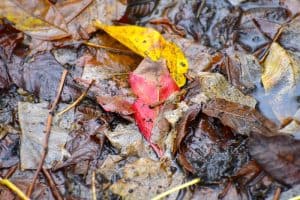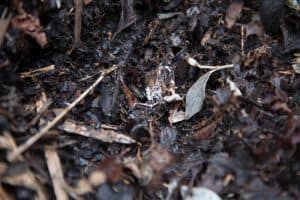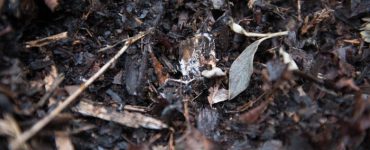Houseplants are a great way to improve air quality and add some life to a room, but what happens when they die? Can you compost them or do they have to go in the trash? The answer is yes, you can compost dead houseplants! Not only will this help keep your compost pile healthy, but it will also provide nutrients to your garden. Just be sure to remove any remaining potting soil or roots before adding the plant to the compost pile.
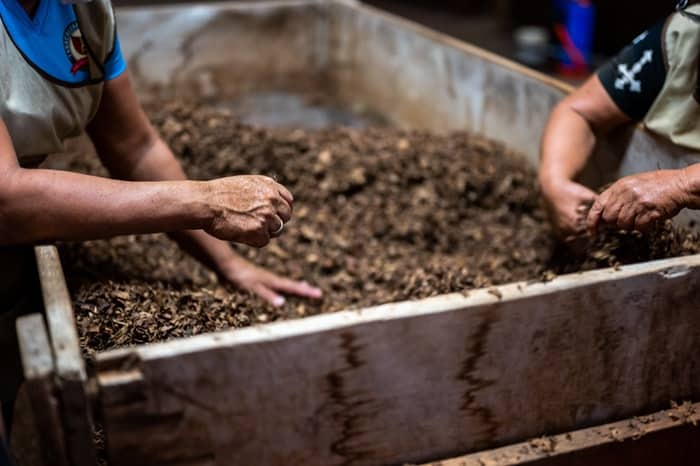
What Is Compost?
In its simplest form, compost is decomposed organic matter. It can be composed of anything from banana peels and coffee grounds to leaves and grass clippings. The end result is a rich, dark soil amendment that helps improve the quality of soil in your garden.
Composting is a great way to recycle organic waste and it’s also a fantastic way to provide your houseplants with all the nutrients they need to thrive. You can either make your own compost at home or you can buy it pre-made from a garden center or online retailer.
Compost is packed with beneficial nutrients that help plants grow big and strong. It also helps improve the drainage and aeration of soil, which is important for healthy root growth. Compost also helps suppress plant diseases and pests, making your garden healthier overall.
Benefits of Composting Dead Houseplants
Composting is a great way to recycle organic materials and turn them into nutrient-rich soil. Not only is it good for the environment, but composting can also be beneficial for your garden or houseplants. In fact, composting dead houseplants is one of the best ways to create compost.
When you compost a dead houseplant, you’re essentially creating a new soil amendment that is rich in organic matter and nutrients. This amendment can be added to your garden soil or used to fertilize your houseplants. It’s a great way to recycle those plants that have died and help keep your plants healthy and thriving.
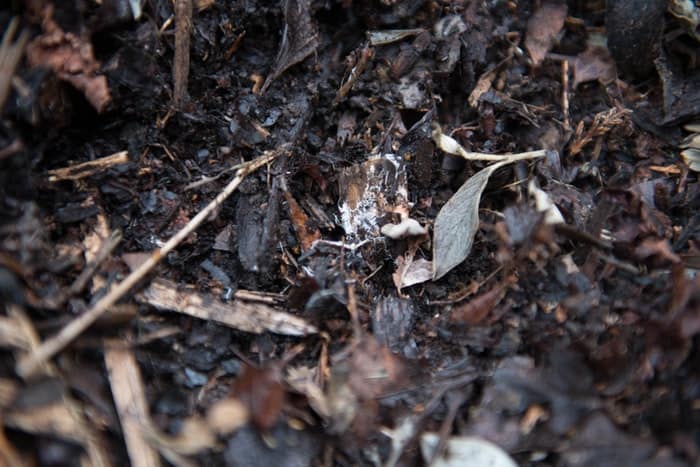
What Do You Need to Compost Plants?
One of the benefits of composting is that it helps to break down organic materials into a nutrient-rich soil amendment. This is beneficial for gardeners and farmers, but it can also be used to improve the health of houseplants. In order to compost plants, you will need a container, soil, and water.
The first step is to gather a container that is at least 10 gallons in size. You can use any type of container, but it is important that it has a lid so that the contents can be sealed off from pests. The next step is to fill the container with soil. Any type of soil will work, but it is important to make sure that it is well-draining. The last step is to add water until the soil is damp but not wet.
Next, cut or rip the plants into small pieces. Once the plants are cut, you can mix them in the soil. The more pieces of plant that you add to the soil, the faster it will decompose. The process of composting is not difficult, but it does take time. It can be done in a large container, or in a smaller container if you prefer.
What Kind of Plants Can Be Composted?
Almost any kind of houseplant can be composted. This is good news for plant enthusiasts who often have a surplus of leaves, flowers, and stems. Simply placing the clippings in a pile in your backyard and letting nature take its course will result in rich, black compost perfect for use in the garden.
If you’re not sure what to do with your compost, consider using it to improve soil structure, add nutrients to the soil, or water retention. Composting is also a great way to reduce your household’s waste output and help make your garden more sustainable.
How to Compost Plants
When it comes time to say goodbye to a beloved houseplant, don’t just throw it in the trash. Instead, compost it! Not only will you be keeping dead plants out of landfills, but you’ll also be creating nutrient-rich soil for your garden.
Here’s how to compost a dead houseplant:
- Remove any remaining soil from the plant’s pot.
- Cut the plant into small pieces, making sure to include as much of the stem as possible.
- Place the plant pieces in a compost bin and cover with organic matter (such as leaves or straw).
- Water regularly and turn the compost occasionally to help it break down.
- In a few months, you’ll have nutrient-rich compost that you can use in your garden!
What to Do with Your Compost
So you’ve started composting and are now wondering what to do with all of that rich, black soil. Well, lucky for you, there are a number of ways to put your compost to good use. You can use it as mulch around plants in your garden or landscape, mix it into the soil before planting flowers or vegetables, or add it to your houseplants’ soil to give them a nutrient boost.
Conclusion
In conclusion, you can put dead houseplants in compost. This is a great way to recycle and reuse materials. Not only is it good for the environment, but it is also a cost-effective way to dispose of plants. If you have any questions, be sure to consult with your local composting authority.


